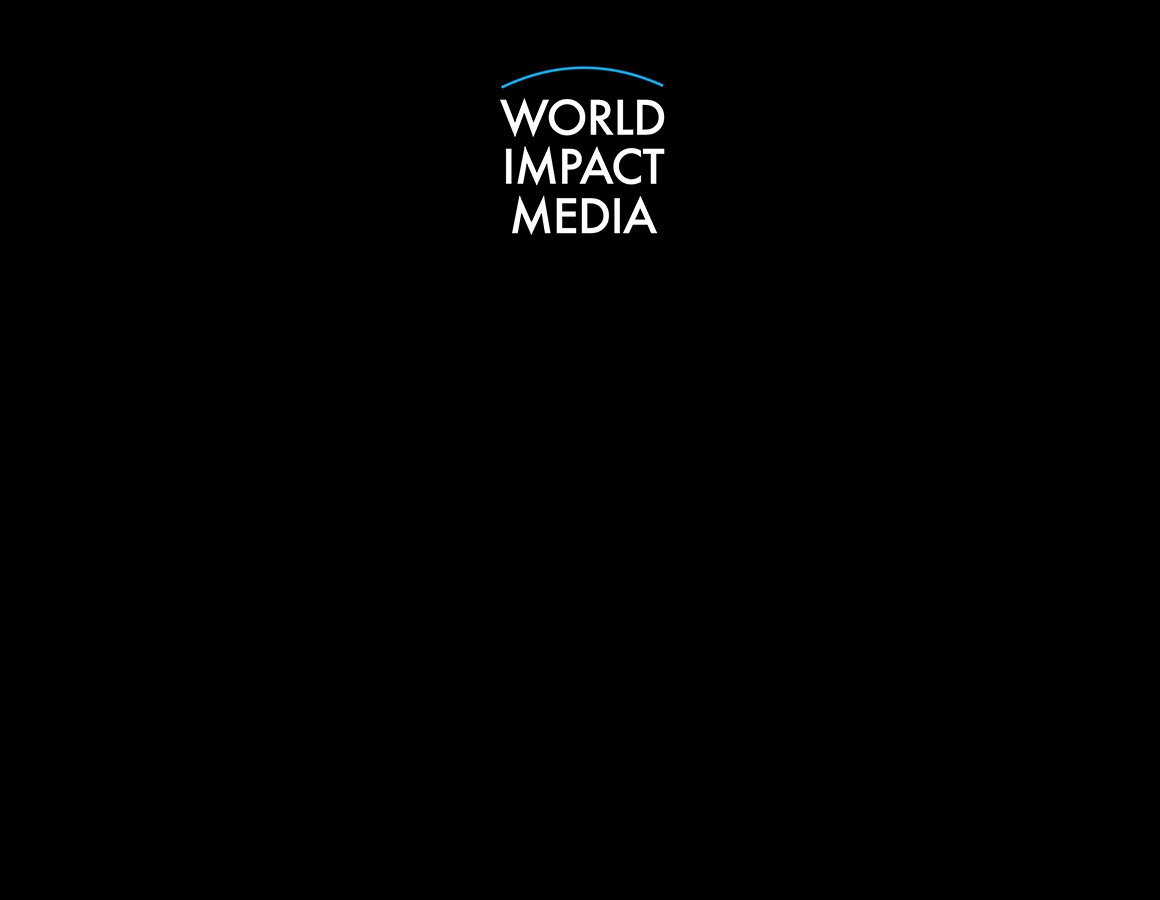The global markets were rocked last week following former President Donald Trump’s sweeping reintroduction of tariffs targeting key global economies. While market corrections are often seen as healthy resets, this one carries a different undertone—one laced with geopolitical tension, weak economic fundamentals, and echoes of past financial crises.
Within days of the tariff announcement, the S&P 500 plunged 10%, oil prices slid sharply, and U.S. high-yield bond spreads widened by up to 100 basis points. Analysts are warning this isn’t just a typical correction—it’s a full-blown shockwave across asset classes.
A Breakdown in Pax Americana?
According to a note by analysts at Nuvama, the tariffs appear to dismantle the stability of the U.S.-led global order rather than recalibrate it. The synchronized fall across risk assets resembles only two previous events in modern market history: the 2008 Global Financial Crisis and the COVID-19 crash in 2020.
With the U.S. private sector showing signs of strain and global economic momentum faltering, Nuvama warns that asset class reflexivity—where falling prices trigger broader financial stress—could escalate into a systemic crisis if not swiftly addressed.
What’s Different This Time?
Unlike 2008 or 2020, the response to this current sell-off appears fragmented:
- Lack of Global Coordination: Retaliatory trade measures have already been announced, and there’s little evidence of synchronized economic diplomacy across global powers.
- Divergence in U.S. Leadership: The U.S. Treasury and the Federal Reserve seem to be on different tracks—while the Fed is focused on taming inflation, the broader economy is facing a clear growth scare.
- Weaker Starting Point: Unlike previous crises, this correction comes amid already sluggish domestic growth, though corporate balance sheets remain relatively strong.
“Compared to previous downturns, the current crisis lacks a unified front—both globally and domestically,” wrote analysts Prateek Parekh, Tanisha Gupta, and Jatin Somani in their recent strategy report.
Lessons from 2008: Four Distinct Phases
Nuvama points out that the 2008 market meltdown unfolded in four distinct phases:
- Liquidity Shock: Overheated valuations and surging oil prices combined with central bank tightening led to an initial pullback.
- Growth Panic: Markets corrected steeply as economic indicators weakened. Cyclical sectors like real estate and metals fell by over 50%.
- Policy Inflection Point: Only when policy stimulus hit a critical mass—like the U.S. Fed’s QE program—did markets find a bottom.
- Global Reflation Rally: Coordinated fiscal and monetary stimulus across the U.S., India, and China triggered a robust recovery in 2009.
Will 2025 Follow the Same Playbook?
Perhaps not. This time, the markets are reacting to geopolitical moves rather than economic mismanagement or public health emergencies. And unlike past crises where liquidity tightening was the main trigger, today’s stress is deeply rooted in trade realignment and fragmented policy direction.
The analysts suggest staying defensive for now. “In the near term, volatility is expected to remain high. Investors should prioritize capital preservation,” the note advised.
One important metric to watch is the earnings yield-to-bond yield spread across key economies like the U.S. and India. Historically, when equities are priced one standard deviation below this ratio, it marks a turning point. At present, however, equities still look expensive compared to bonds.
Where to Invest Now?
Nuvama recommends shifting capital toward sectors that offer relative insulation from economic cycles:
- Consumer Staples (FMCG)
- Cement and Telecom
- Private Banks with reduced competition
“In the event of a deeper recession, coordinated stimulus from the G7 and global central banks could pave the way for a new growth cycle, reminiscent of the 2000s,” the analysts wrote.
Final Word
This isn’t just another correction—it’s a warning shot. With fragmented leadership, volatile geopolitics, and shifting capital flows, the 2025 crash signals a paradigm shift in how global markets will behave in the coming years.
Smart investors are not just looking to ride out the storm—they’re preparing to navigate a whole new economic reality.
















